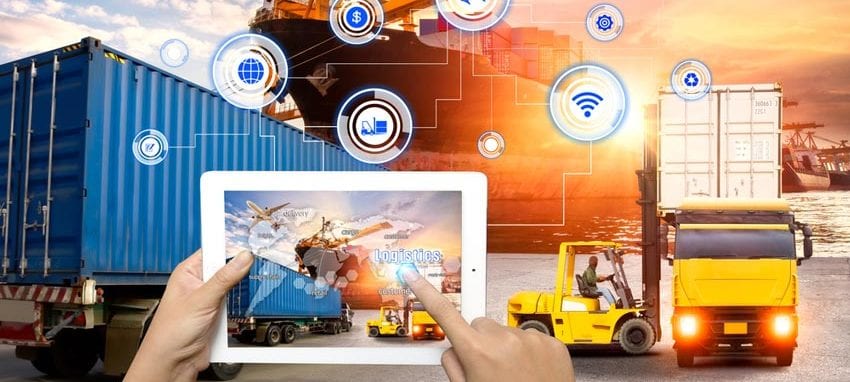Digital transformation of warehouse logistics has a lot of challenges to tackle. These include the increasing transparency of the logistics chain for the customer, shortened product cycles, smaller batches and a higher level of automation.
In this context, a key factor for a company’s future success is a frequent rate of change regarding processes. On the one hand, the creation of highly automated and complex warehousing and system structures has advantages for efficiency. On the other hand, the corresponding processes can change very rapidly. Therefore, the created structures become outdated and have to be changed labor-intensively.
One condition for this is an ERP system which meets the requirements of speed and flexibility and guarantees a high “elasticity“ for the rapidly changing logistics chains. With EWM, SAP offers a modern and powerful system solution based on S/4 as the core of organizations that are currently in the process of digital transformation.
Digitalisation of warehouse management
Because of the upcoming migration to S/4 Hana (mostly because SAP will no longer provide maintenance for ERP after 2025), companies are increasingly carrying out digital transformation projects regarding warehouse management.
In most cases, these projects are aligned with the corresponding end-to-end processes. Ever more often, this also means an adjustment of SAP architectures: while stable processes are carried out in S/4, small and flexible applications are transferred into cloud environments like the SAP Cloud Platform – always in connection with innovative technologies such as blockchain, chatbots or IoT.
Experience shows that even with a core application for automated or optimized logistics processes, there are digitalisation gaps. The traditional approach to expand SAP systems through embedded add-ons and individual programming is not enough for the requirements of a digitized world. Therefore, the goal should be to increase the rate of change of processes and close those gaps.
The integration of devices like tablets, smart watches or Bluetooth and dash buttons into the processes must be taking place quickly and cost-efficiently. The use of cloud-based platforms and the combination with SAP EWM make service-oriented, individual processes in the warehouse possible.
The challenge is to identify relevant use cases which show the digitalisation of business processes and models through these technologies. Arvato provides such use cases and microservices in a cloud-based platform for logistic functionalities.
These can transform existing processes and effortlessly make use of digitalisation potential. That’s because their own digital repositories can be easily combined with SAP-based back-end processes.
This approach supports the procedural connection of previously separate isolated solutions.
Specific examples
- Production supply: e-Kanban via Dash or WiFi buttons to trigger replenishment processes in production and in SAP EWM
- Container management: inventory transparency in real time and a definitive protection of ownership rights beyond the own company; data integrity and security through use of blockchain technology
- Digital assistant in the warehouse (messenger/chatbot): carrying out inventory processes and inquiring stock levels through text-based or verbal dialogues
- Field Service Management: tracking and orchestrating of transporters or workforce planning based on available order backlogs as well as optimization of routes and management of exceptional cases
High project costs and runtimes contradict the desired “elasticity“ of the process. Cloud-based systems as addition to the back-end systems therefore have to be implemented quickly and cost-efficiently.
Usability checks support the integration and the rollout. Moreover, the planned creation of a self-service portal is aiming to activate applications independently and to automatically connect to the back-end systems in the warehouse.
The combination of powerful back-end systems and flexible cloud services guarantees transparency, flexibility and agility of the logistics of the future.





















Finding out how to leverage these logistical technologies and solutions will be imperative to surviving this digital revolution, which is on hand at the Manufacturing & Technology Conference to talk about how to deliver end-to-end execution, control, and agility in your supply chain in a session called “Building Tomorrow’s Smart Warehouses Today”.